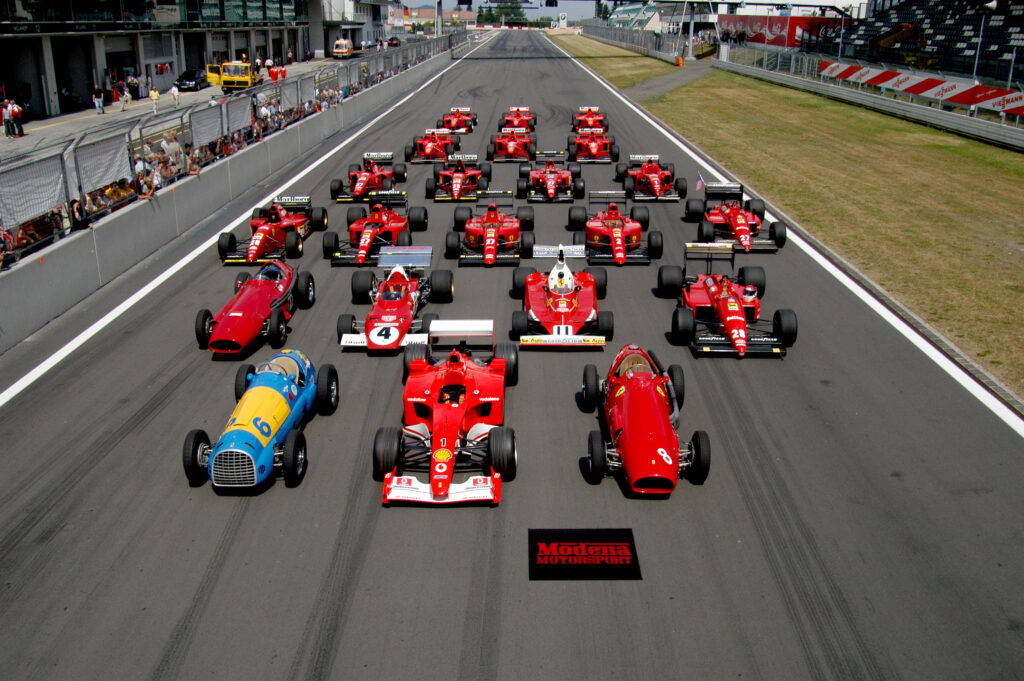Formula 1 is the most important and most prestigious event in the world of motor racing, it is rightly called the “queen of motorsports”, it has long been the dream of almost every driver in the world, and on top of that it is also the most expensive kind of motorsport. Despite this, the speeds here are not the highest and somewhat inferior to, say, the Champ Car series – and all because of the strict restrictions in the regulations.
Formula 1 makes a definite contribution not only to the sport, but also to the automotive industry. In the races only cars created by the teams that use them are used. Due to this and the extremely high competition among participants, new technologies are born here with amazing speed. Of course, due to the nature of the design of racing cars, it is not always possible without major changes to the usual road cars, but some valuable discoveries have been made thanks to Formula 1. For example, in 1990, Ferrari first raced a car with a traction control system. It was banned fairly quickly in Formula 1 due to the fact that such a complicated system allowed pilots to make many mistakes with impunity – but it began to appear in conventional cars a few years later.
If you want to keep up with news about Formula 1 or other sports, you should visit https://espn-news.com/category/college-sports/.
History
In the 1930s, the first prerequisites for the emergence of Formula 1 emerged. The championship regulations were drawn up and the races were due to start in 1941. The outbreak of war postponed this moment for six years – in 1946 the final rules were approved and in 1947 the first Formula A races were finally held. Three years later Formula 1 itself appeared.

The first championship began in May 1950 in Great Britain, at the Silverstone circuit. The following stages were held in Monaco, the United States, Switzerland and France, and the final was the Italian Grand Prix. The first champion in these races was Giuseppe Farina of Italy’s Alfa Romeo team. Over the next seven years, his team-mate Juan-Manuel Fangio won the world title five times, and later the title of one of the greatest drivers of Formula 1.
In 1958, good luck turned away from Italy and in Formula 1 came “the era of English-speaking drivers. The winners of the next eleven years were, albeit from different countries, but all from English-speaking countries.
In 1962, Lotus, one of the leading teams of the next 20 years, made an important discovery for the future fate of Formula 1, the first time in the history of the car used in the construction of the monocoque, having borrowed it from the aviation industry. In four years, various advances in aerodynamics used in races everywhere – from the rear suspension of cars grew acti-wings, which increased downforce in the corners.
In the early 90’s began to use electronics in the design of cars, and in 1995 the FIA – again – introduced a ban on many innovations, arguing that too many functions in the management of the car took over the computer, reducing the value of the pilot. You can follow the latest sports news at https://espn-news.com/category/f1/.
